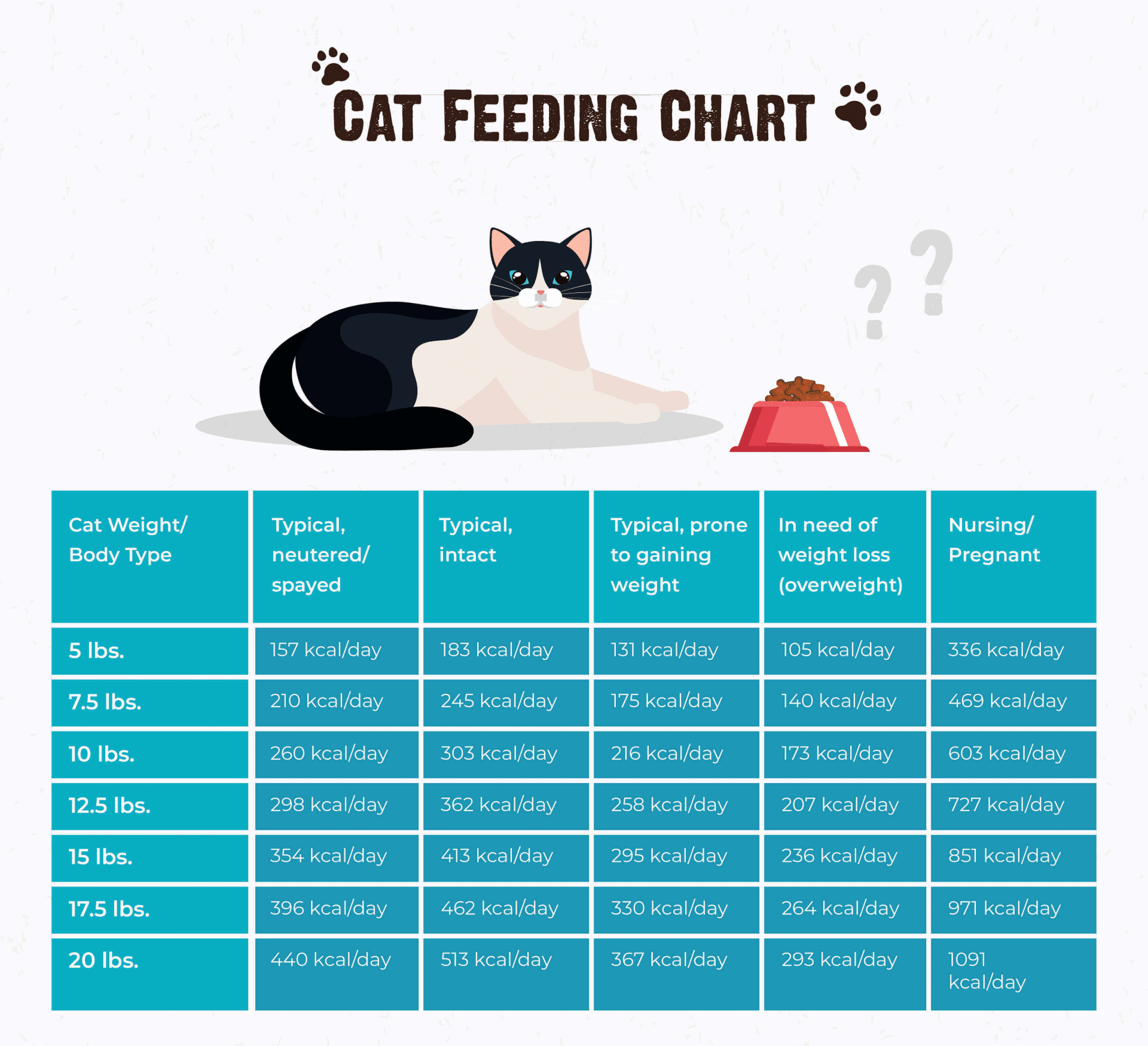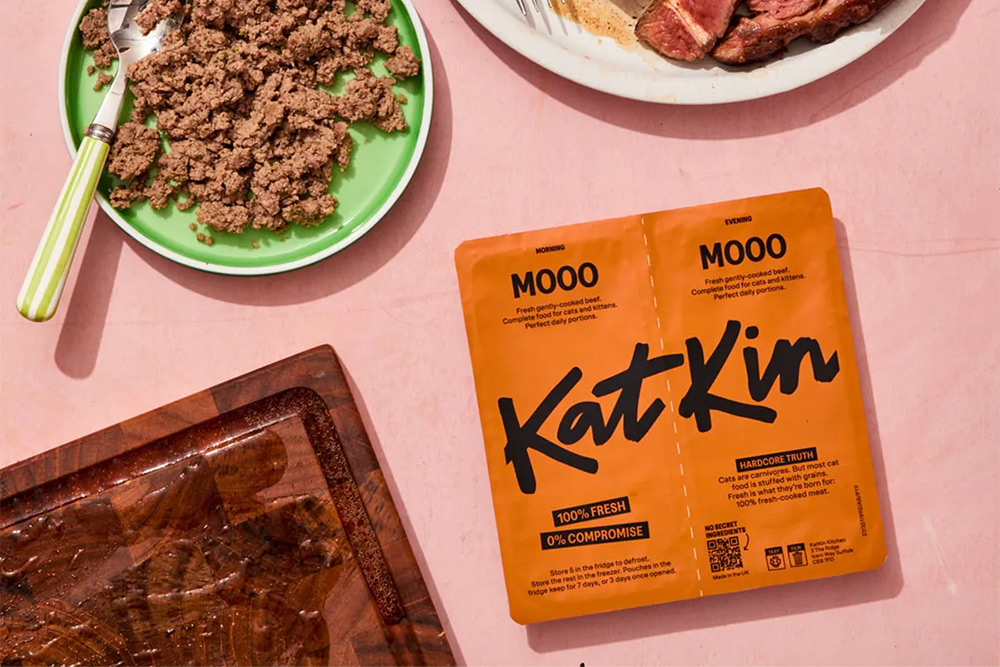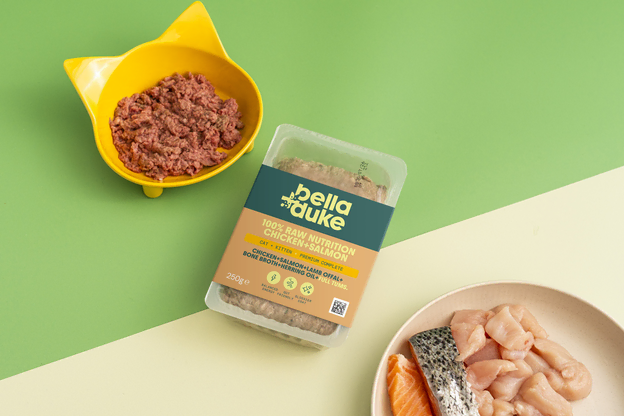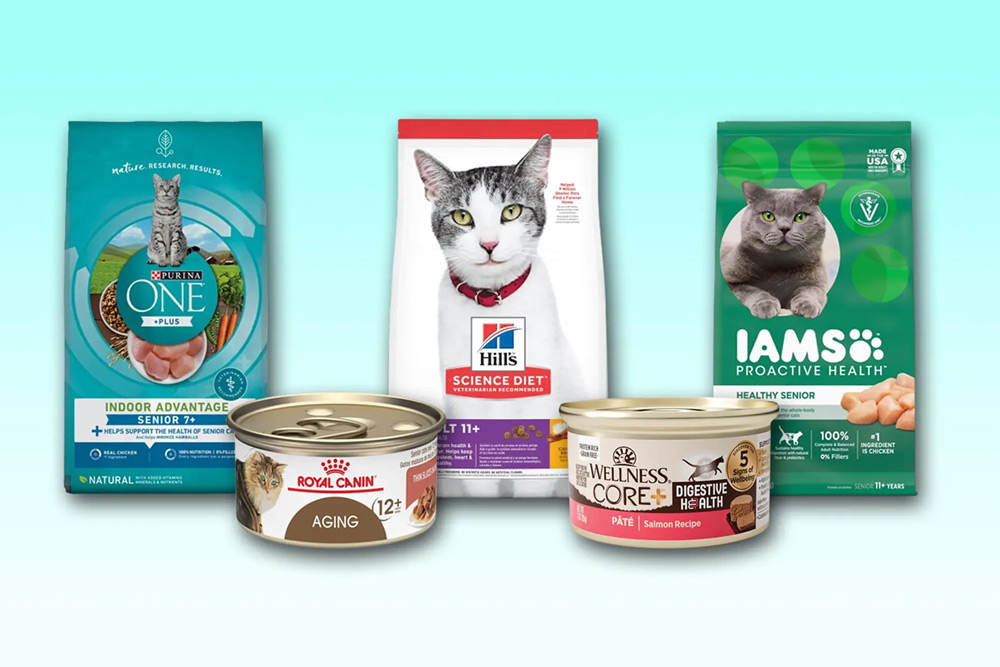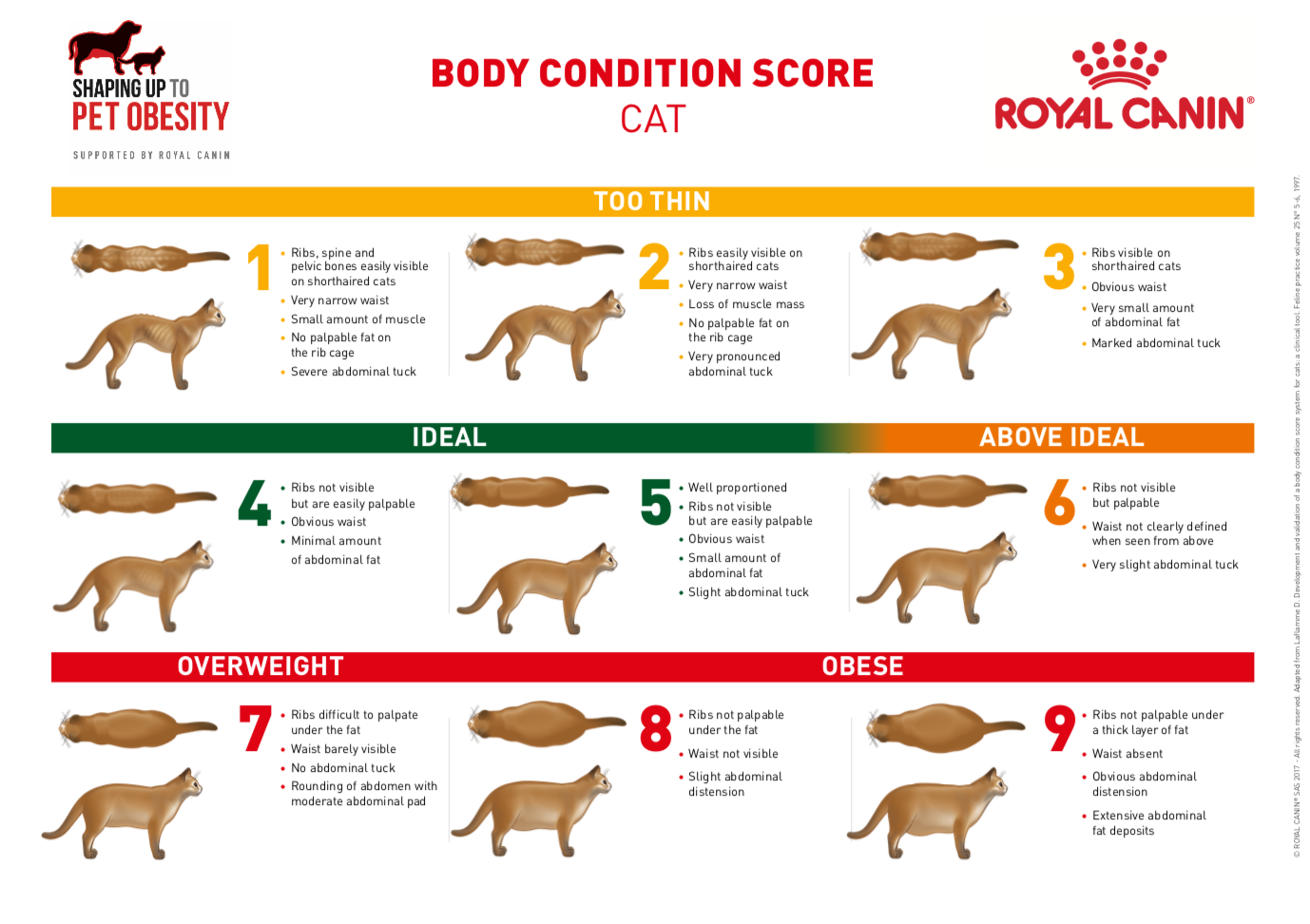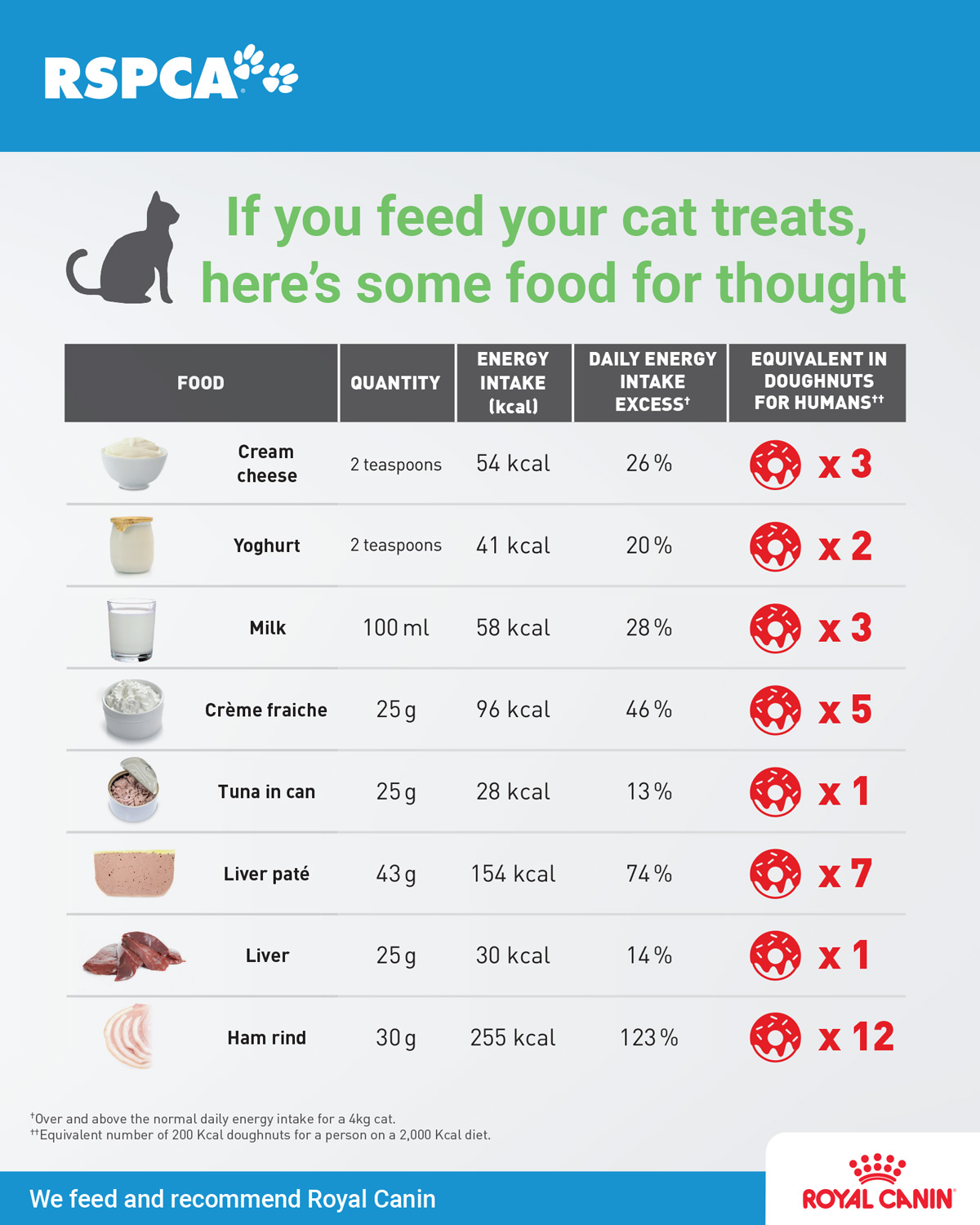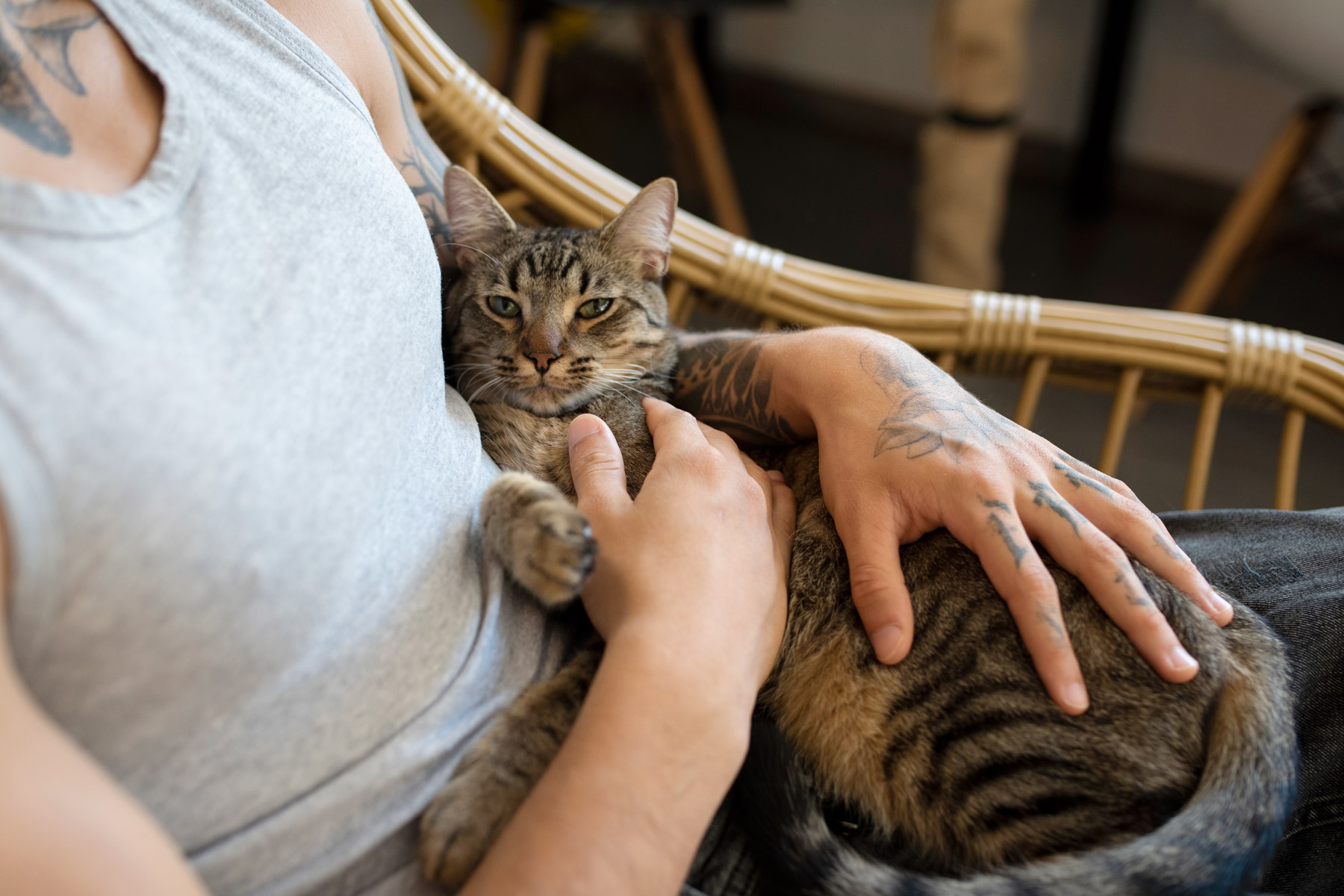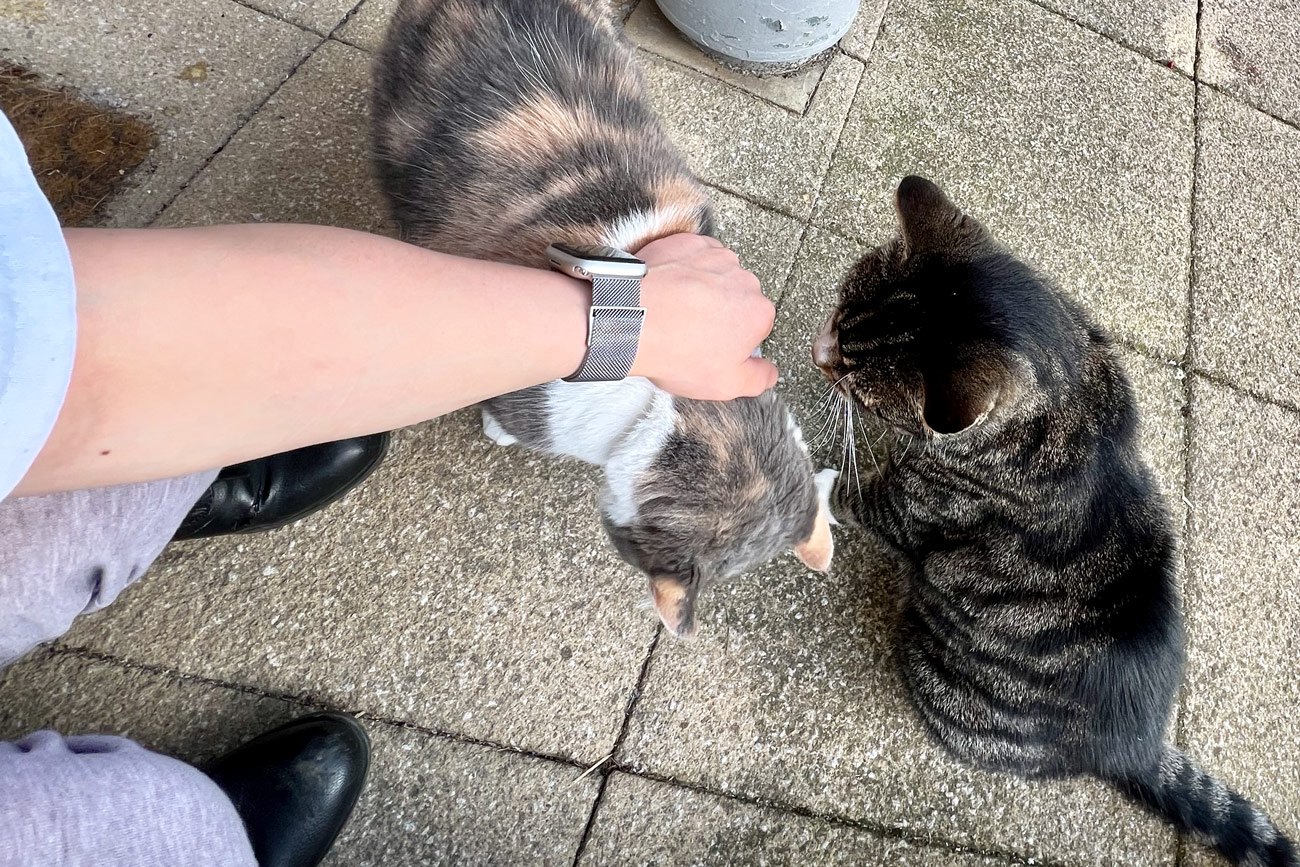Feeding our cats too much can feel like a way to show love, but it often causes more harm than good. As a cat sitter, I always respect my clients’ instructions to care for their cats the way they want. However, it’s heart-breaking to know that it can lead to serious health problems. In this article, I’ll explain what overfeeding is, its impact on cats’ well-being, and share tips on how to feed cats the right way to keep them happy and healthy.
What is Overfeeding?
Overfeeding occurs when a cat consumes more calories than it needs to maintain a healthy weight. This can happen in several ways, such as offering oversized portions, free-feeding (leaving food out all day), or indulging in excessive treats. While it might seem harmless or even loving to give your cat plenty of food, it can lead to serious health issues over time.
Cats have relatively small stomachs and require measured amounts of food to stay healthy and active. Overfeeding disrupts this balance, causing weight gain and putting unnecessary strain on their bodies. Some signs that a cat may be overfed include a noticeable increase in body weight, reduced energy levels, and changes in behaviour, like begging for food even when full.
It’s also important to recognize that overfeeding doesn’t just mean offering too much food at once. Feeding high-calorie, low-nutrient foods or relying heavily on treats can contribute to the problem. Understanding the unique nutritional needs of cats and sticking to appropriate portion sizes is the first step toward ensuring their well-being.
Consequences of Overfeeding
Overfeeding might feel like a gesture of love, but it can have unintended consequences that significantly impact a cat’s health and quality of life. Here are some of the most common issues associated with overfeeding:
1. Obesity and Weight-related Health Problems
Cats that consume more calories than they burn are at a high risk of becoming overweight or obese. Excess weight strains their joints, making movement uncomfortable, and increases the likelihood of developing:
- Diabetes: Overfeeding, especially with high-carb foods, can disrupt a cat’s insulin levels.
- Arthritis and Joint Issues: Extra weight puts pressure on the joints, causing pain and limiting mobility.
- Heart Problems: Obesity increases the strain on the heart, reducing overall vitality.
2. Shortened Lifespan
Research shows that cats at a healthy weight live longer and are less likely to develop chronic illnesses compared to overweight cats. By overfeeding, we unintentionally reduce their chances of enjoying a full and active life.
3. Reduced Quality of Life
Overfed cats may experience a loss of energy, preferring to lounge rather than engage in play or exploration. This can lead to boredom, stress, or even behavioral problems like aggression or excessive meowing.
4. Digestive Issues
Feeding large portions or offering too many treats can overwhelm a cat’s digestive system. This might result in vomiting, diarrhea, or other stomach problems.
5. Behavioral Changes
Ironically, overfeeding can create a cycle of dependency where a cat constantly demands food, even when they aren’t truly hungry. This can lead to:
- Pestering for Food: Begging or meowing excessively.
- Food Guarding: Becoming possessive over their bowl or treats.
- Loss of Appetite for Proper Meals: Eating too many treats can reduce interest in nutritious food.
6. Nutritional Imbalance
Not all foods are created equal. Overfeeding low-quality or unbalanced diets can leave cats malnourished despite consuming a lot of calories. Proper nutrition is about quality as much as quantity.
Preventing Overfeeding
Feeding your cat responsibly doesn’t mean depriving them—it’s about providing the right amount and type of food to keep them happy, healthy, and full of energy. Here are practical tips to prevent overfeeding:
1. Practice Portion Control
- Follow Feeding Guidelines: Use the recommended portion sizes provided on the food packaging as a starting point. Adjust based on your cat’s age, size, and activity level.
- Weigh the Food: Instead of guessing, use a kitchen scale to ensure accuracy, especially for cats with specific dietary needs.
2. Establish a Feeding Schedule
- Stick to Regular Mealtimes: Feed your cat at consistent times each day rather than leaving food out all the time. This helps regulate their metabolism and prevents overeating.
- Limit Treats: Treats should make up no more than 10% of your cat’s daily caloric intake.
3. Choose the Right Food
- Opt for High-quality Cat Food: Look for options with a high protein content and low carbohydrates. Cats are obligate carnivores, meaning their bodies thrive on meat-based diets.
- Check Labels: Avoid foods with unnecessary fillers like corn or soy, which can lead to weight gain without providing proper nutrition.
4. Monitor Your Cat’s Weight
- Regularly check your cat’s body condition. You should be able to feel their ribs easily but not see them.
- If your cat is gaining or losing weight unexpectedly, consult your veterinarian for guidance.
5. Encourage Exercise and Playtime
- An active cat burns more calories and maintains a healthier weight. Use toys, climbing trees, or interactive games to keep your cat moving and mentally stimulated.
- Even indoor cats benefit from daily play sessions to mimic their natural hunting instincts.
6. Address Food-related Behaviors
- Discourage Begging: Don’t give in to persistent meowing or pawing. Instead, redirect their attention with play or affection.
- Avoid Emotional Feeding: Resist the urge to use food as a substitute for love or attention. Cats value interaction and care more than extra meals.
7. Consult Your Veterinarian
- If you’re unsure about the right portions or type of food for your cat, your vet can provide personalized advice. They can also help with weight management plans for overweight cats.
How to Transition Cats to Healthier Eating Habits
Making changes to your cat’s diet can feel daunting, but with patience and care, it’s possible to transition them to healthier eating habits without causing stress. Cats are creatures of routine, so sudden changes can lead to resistance or even health issues. Here’s how to make the shift smoothly:
1. Introduce Changes Gradually
- Mix New with Old: Start by mixing a small amount of the new food with your cat’s current food. Gradually increase the proportion of the new food over 7–10 days.
- Portion Adjustments: If you’re reducing portions, decrease the amount gradually to avoid your cat feeling hungry or frustrated.
2. Maintain a Consistent Feeding Schedule
- Cats thrive on routine. Keep meal times consistent as you introduce new food or adjust portions. This helps them adapt more easily to the change.
3. Be Patient with Picky Eaters
- If your cat refuses the new food, don’t give up. Offer the new food for short periods and remove it if they don’t eat it. Cats can be stubborn, but they’ll usually adapt if you stay consistent.
4. Use Positive Reinforcement
- Encourage your cat to eat the new food by making mealtime a positive experience. Use a calm voice, gentle petting, or offer a small treat after they finish their meal.
5. Avoid Free-feeding During the Transition
- Leaving food out all day can make it harder to monitor your cat’s eating habits. Instead, provide measured portions at specific times.
6. Monitor Their Response
- Keep an eye on your cat’s behavior, weight, and energy levels during the transition. If you notice signs of digestive upset, such as vomiting or diarrhea, slow the transition process and consult your vet if needed.
7. Keep Treats in Check
- Limit treats during the transition period to prevent your cat from relying on them for satisfaction. Use them sparingly as rewards for good eating behavior.
8. Encourage Hydration
- If you’re moving from wet food to dry food, ensure your cat drinks enough water. Consider investing in a cat water fountain to make hydration more appealing.
9. Seek Professional Guidance if Needed
- If your cat has specific dietary needs or underlying health issues, consult your vet before making changes. They can provide a tailored plan that ensures your cat gets the nutrition they need.

